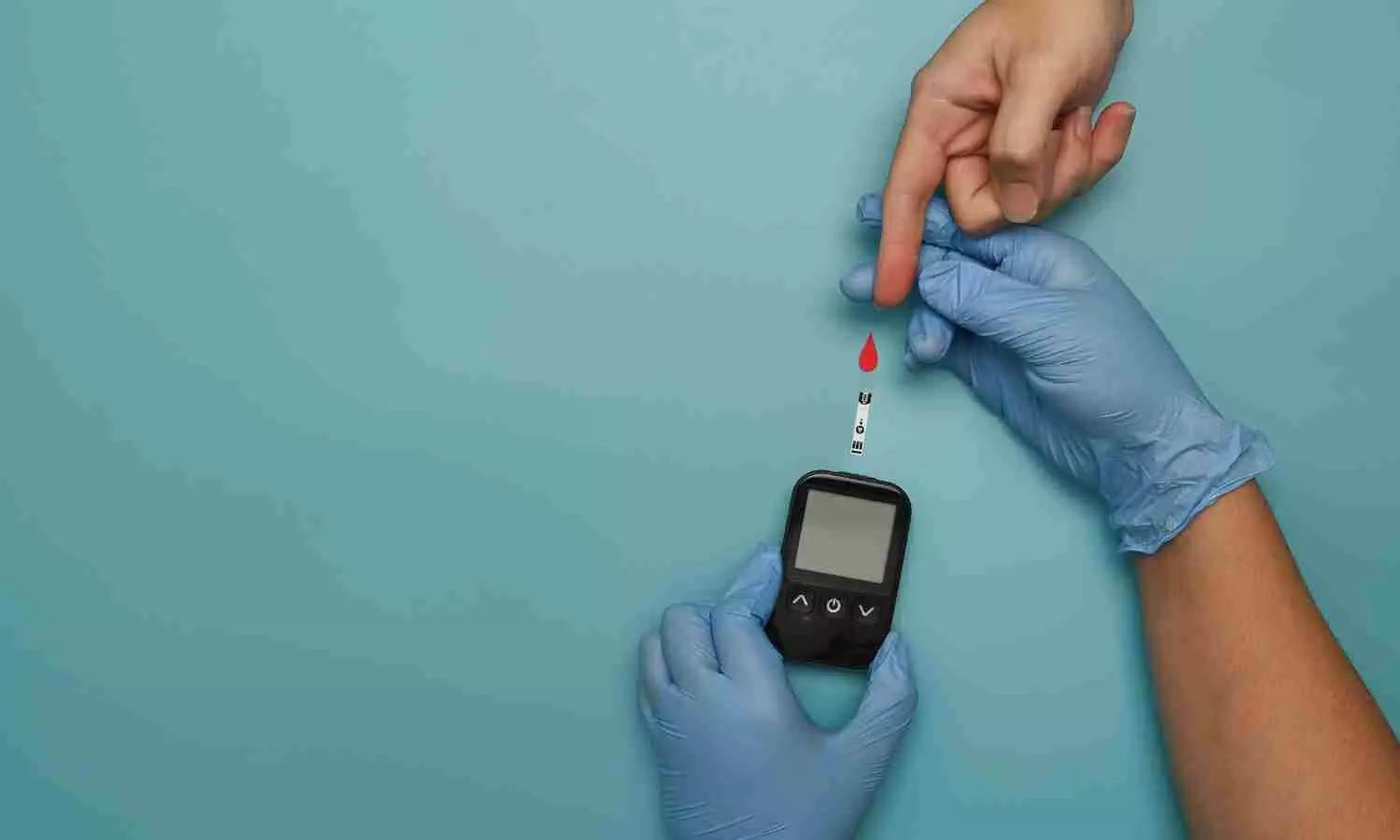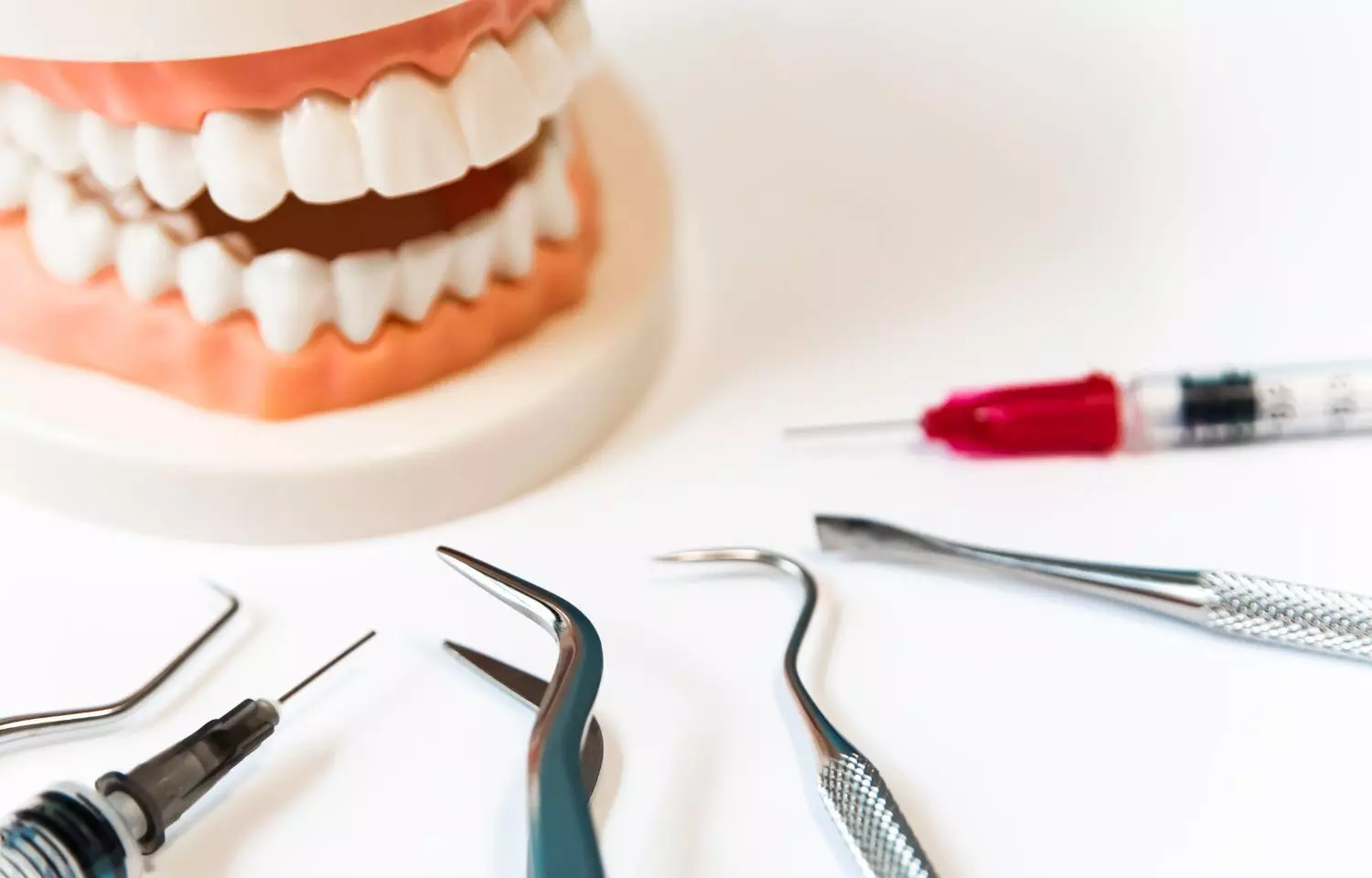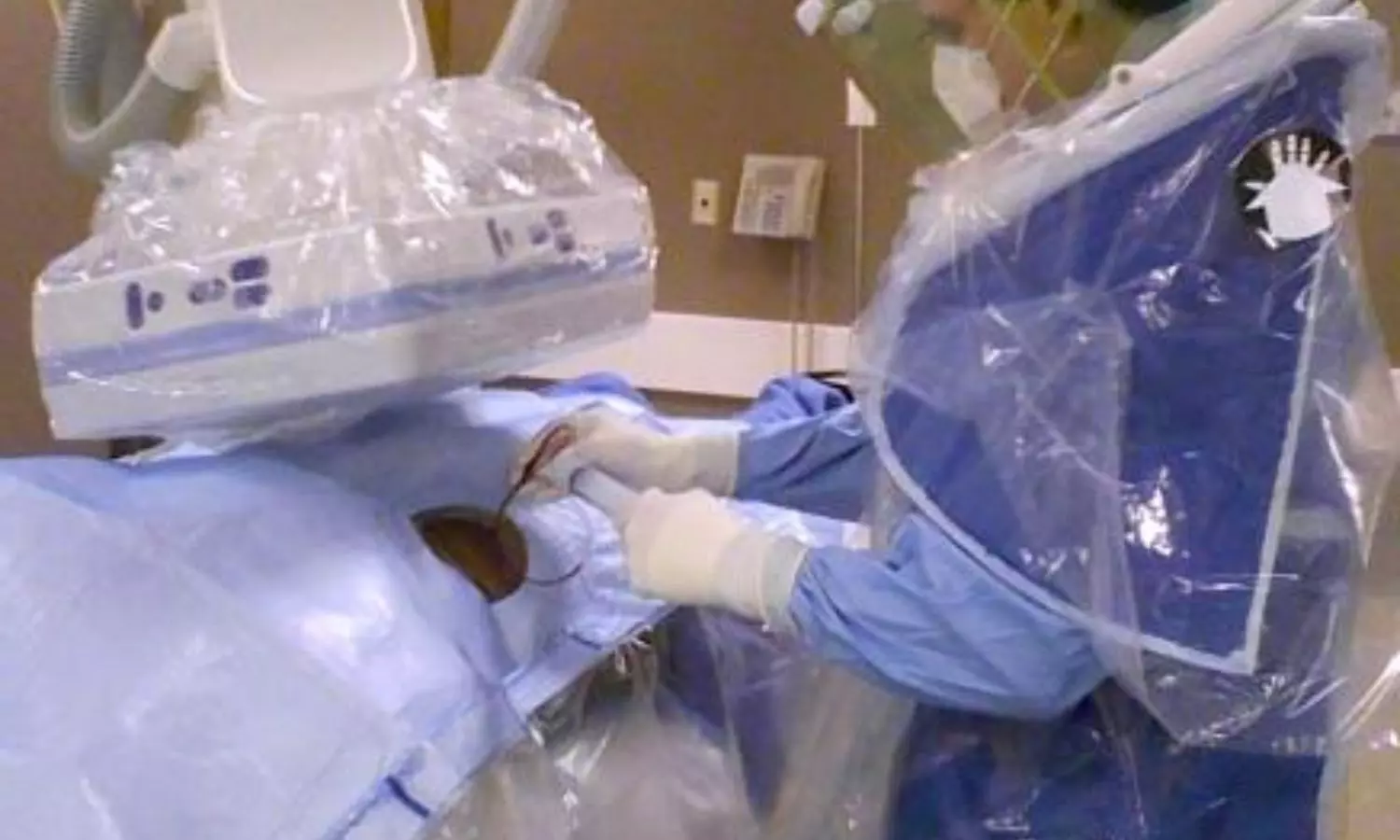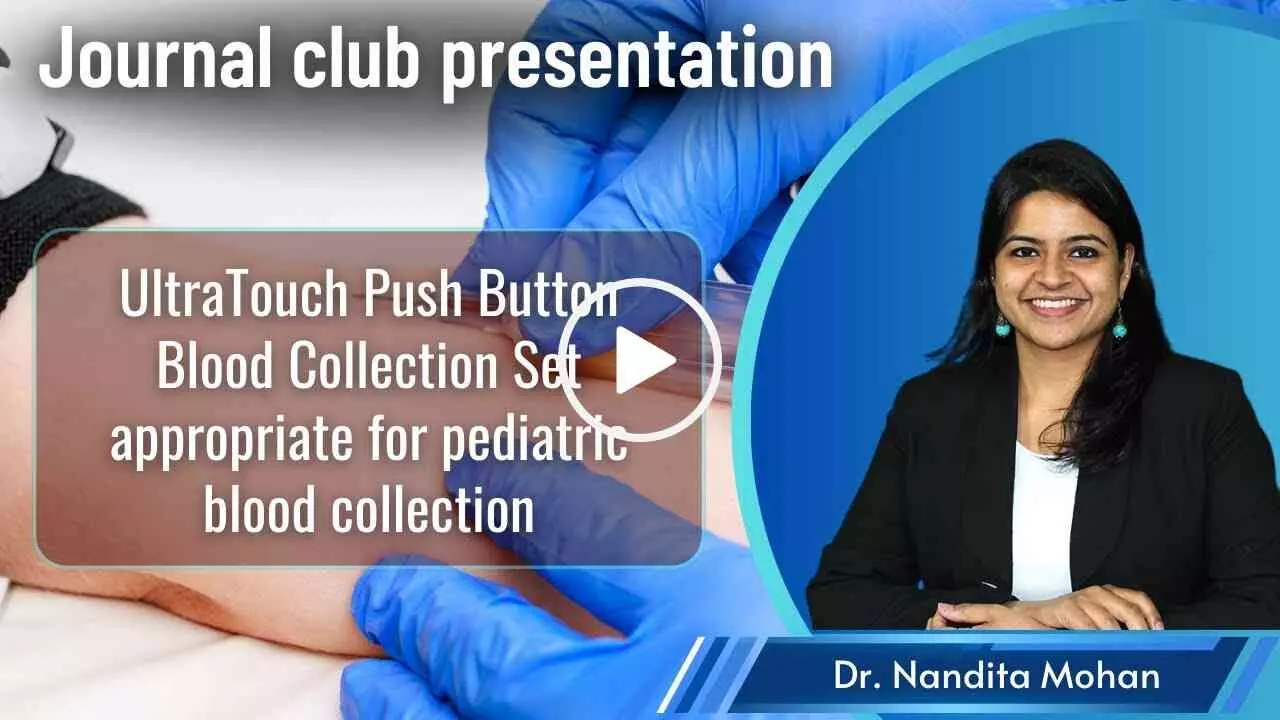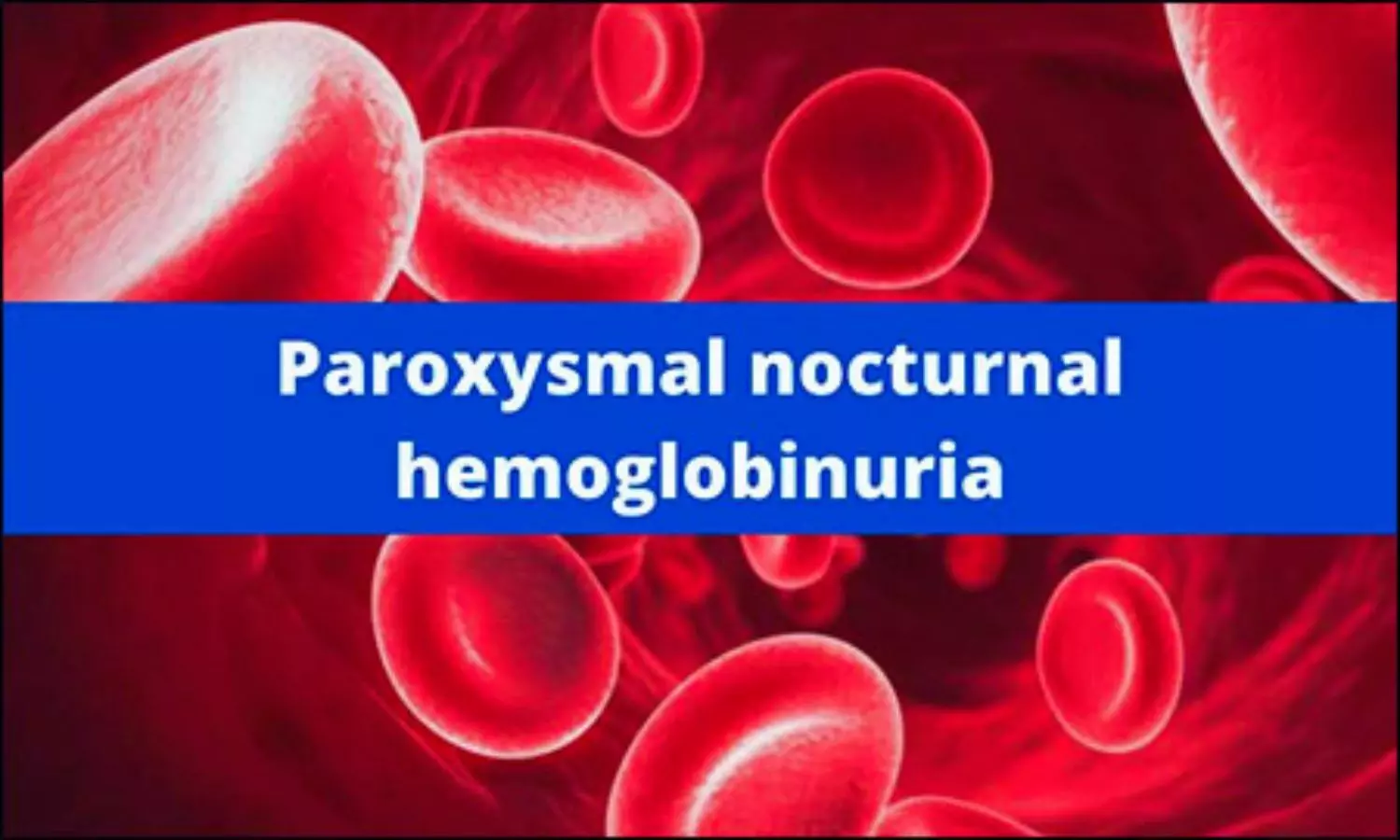Hatchet flap versatile, effective, and safe technique for eyelid and midfacial reconstructions in select patients: Study

Hatchet flap versatile, effective, and safe technique for eyelid and midfacial reconstructions in select patients suggests a new study published in the Ophthalmic Plastic and Reconstructive Surgery.
A study was done to describe surgical variations of the hatchet flap and a large series of patients in which this procedure was used for eyelid and midfacial reconstruction. A retrospective review was performed on patients treated with a hatchet flap between March 2016 and March 2023. Patient demographics, defect characteristics, surgical techniques, and outcomes were investigated. Results: The hatchet flap was used to repair 70 defects in 69 patients, aged 41.6 to 90.0 years (mean, 66.1). Defects measured 0.6 to 23.6 cm2 (mean, 4.8) and resulted from Mohs surgery (n = 62), exenteration (n = 2), benign lesion excision (n = 3), or cicatricial ectropion/fistula repair (n = 3). The flap tail was managed with 3 techniques: V-Y plasty (n = 26), transposition (n = 34), and excision (n = 10). Ancillary procedures were often used during reconstructions (skin grafts: 29; double hatchet flap: 2; additional skin flaps: 26; tarsoconjunctival flaps: 6; and other grafts: 7). Small distal eschars healed in 7 flaps without necrosis. Four patients with subcutaneous thickening improved after steroid injections. Mild hatchet flap contracture may have contributed to postoperative cicatricial ectropion in 1 patient. There were no other flap related complications. In selected patients, the hatchet flap is a versatile technique to mobilize vascularized tissue into eyelid/midfacial defects resulting from the excision of lesions or treatment of cicatricial ectropion/fistulas. Individuals without laxity in the plane perpendicular to the flap base may not be good candidates for this procedure. The hatchet flap can be modified by advancing, transposing, or excising the flap tail. Reconstruction is often combined with other flaps/grafts. Few complications were associated with the hatchet flap.
Reference:
Custer, Philip L. M.D., F.A.C.S.; Maamari, Robi N. M.D.. The Hatchet Flap for Eyelid and Midfacial Reconstruction: Experience From 70 Cases. Ophthalmic Plastic and Reconstructive Surgery 40(1):p 43-48, January/February 2024. | DOI: 10.1097/IOP.0000000000002499
Keywords:
Hatchet flap versatile, effective, safe technique, eyelid, midfacial reconstructions, select patients, Study, Custer, Philip L. M.D., F.A.C.S.; Maamari, Robi N, Ophthalmic Plastic and Reconstructive Surgery
Powered by WPeMatico



